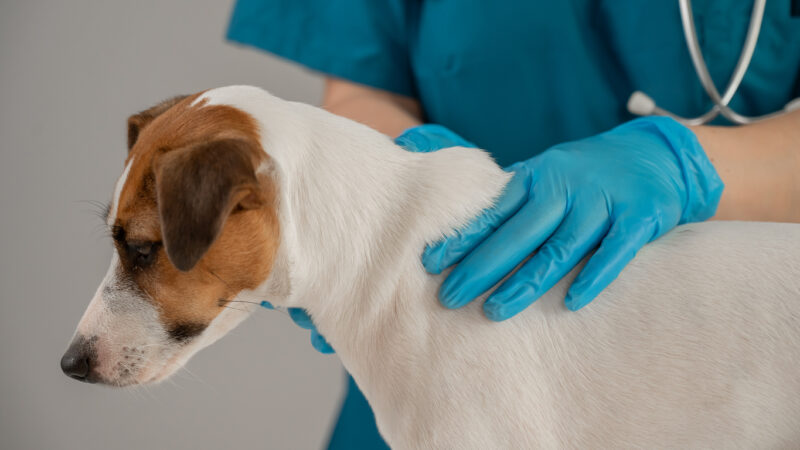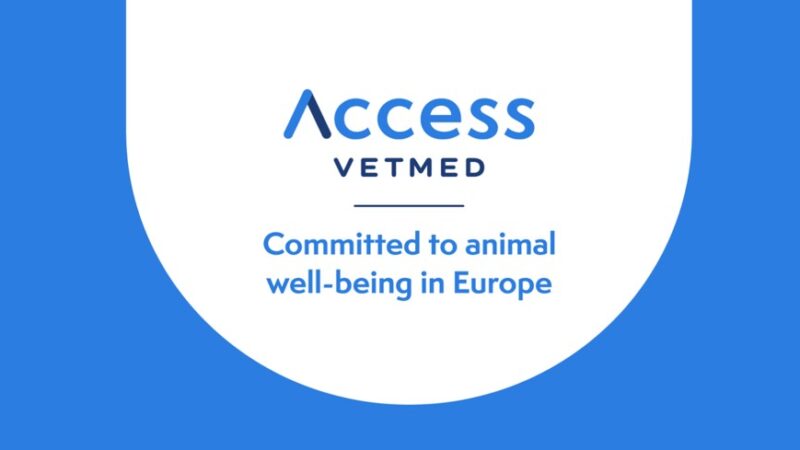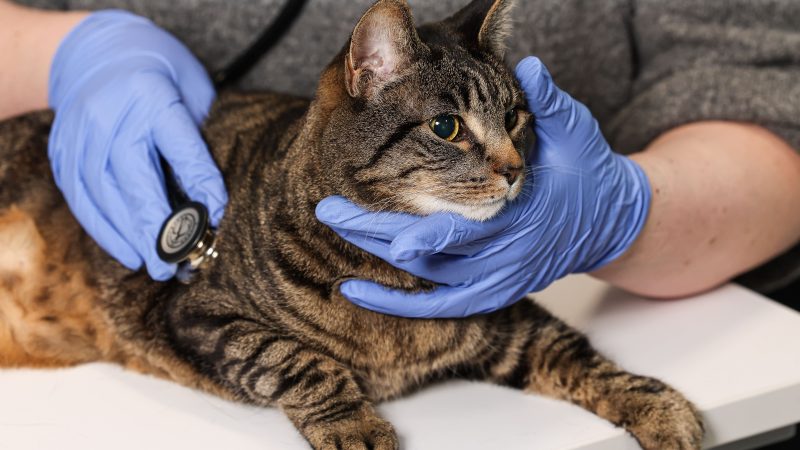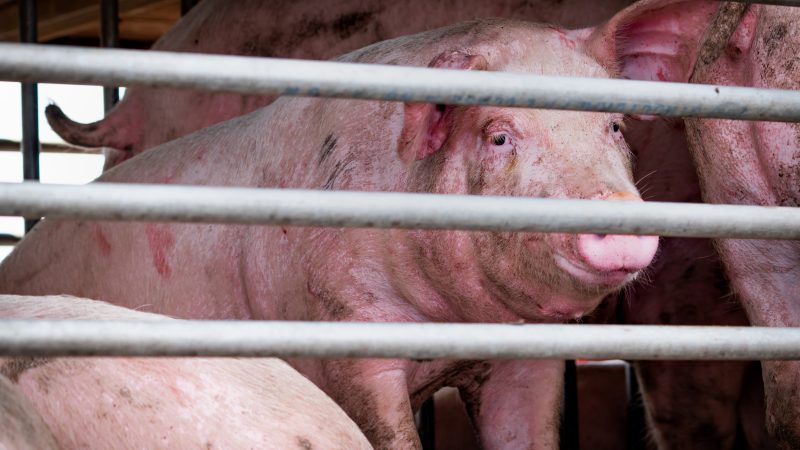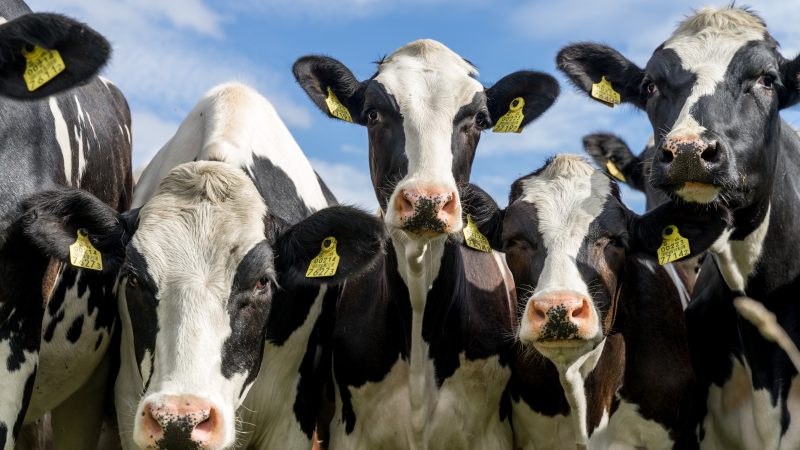WSAVA issues neutering guideline erratum

THE World Small Animal Veterinary Association (WSAVA) has highlighted an ‘erratum’ regarding guidelines it issued last June on reproduction control in dogs and cats.
BVA has reported on the WSAVA neutering guideline erratum, outlined below.
The erratum acknowledges a ‘lack of consensus among WSAVA committees and member associations’ about several key recommendations that were made in an ethics section.
This section was a cause of controversy when the guidelines were released as the advice it gave contrasted with the current approach of most vets in the UK (VR, 15–29 June 2024, vol 194, pp 456–457).
Currently, neutering of male dogs in the UK almost always takes the form of castration, but the WSAVA’s guidelines listed four alternatives – vasectomy, intratesticular injection, a gonadotrophin-releasing hormone (GnRH) agonist implant and ‘no intervention’ – as preferable to this in most cases for ‘responsibly owned’ dogs.
For female dogs owned by responsible owners, the WSAVA’s guidance recommended ‘no intervention’ more highly than four other options – ovariohysterectomy, ovariectomy, hysterectomy and GnRH implant.
The guidelines therefore appeared to suggest that it is often better not to take any action to control canine reproduction than to spay a bitch or to neuter a male by castration if belonging to a responsible owner. Several canine rehoming charities raised concern at the time that any calls to move away from routine neutering could lead to more unwanted litters.
The WSAVA’s reproduction control committee is chaired by Stefano Romagnoli, who has said there needs to be a ‘paradigm shift’ in approaches to reproduction control, in particular in dogs. Work to produce the guidelines was sponsored by Virbac, which sells a GnRH implant.
Other issues covered by the guidelines included prosthetic testicles, which the WSAVA said were an ethically complex topic with pros and cons – in contrast to guidance from the RCVS which indicates that the insertion of prosthetic testicles is unethical.
The erratum, issued on 17 March, stated that the authors of the guidelines recognised ‘that there is a wide spectrum of approaches to “responsible pet ownership” that ensure animal welfare but do not always rely on physical and behavioural restriction of dogs and cats.’
The WSAVA has said it is now ‘working with outside experts and organisations’ to expand the guidelines, which already run to around 140 pages, to ‘better address the complexities’.
In addition to addressing concerns over the ethics section, the erratum stated that ‘the use of the term “feral” may not be appropriate in all instances of its use’ in the current version, and that two figure legends published in the guidelines had been mixed up.
In a statement published online on the page of its website where the guidelines can be downloaded, the WSAVA said that it ‘understands that the recently launched guidelines for the control of reproduction in dogs and cats have prompted discussions within many communities, and we would like to assure members of these communities that WSAVA is committed to providing open channels for feedback. Anyone wishing to provide feedback on the reproduction guidelines, or any other aspect of WSAVA’s work, is encouraged to send their thoughts to feedback@wsava.org. All feedback will be reviewed with a view to identifying common themes, and it is WSAVA’s wholehearted intention to respond to such themes in due course’.
- The WSAVA’s reproduction control guidelines and the erratum were both raised during a session entitled ‘Reproduction control: what’s the latest evidence?‘ at the British Small Animal Veterinary Association congress on 20 March. During the session canine reproduction specialist Gary England and Rachel Moxon from the canine science team at Guide Dogs spoke about the pros and cons of different approaches to neutering and research into when was the optimal time to sterilise a guide dog.
“The recently launched guidelines for the control of reproduction in dogs and cats have prompted discussions within many communities


